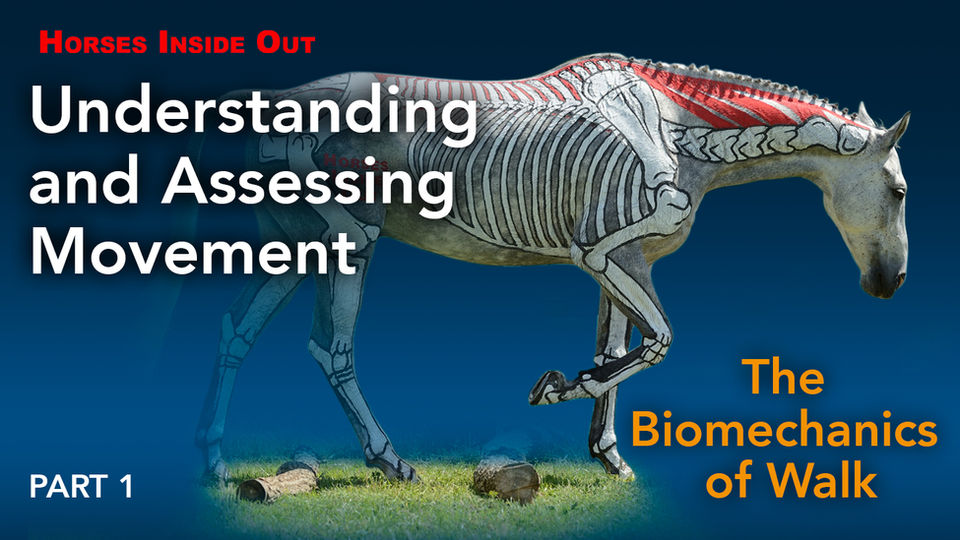Jumping from the Anatomical Approach - Lecture Demonstration
The horse needs physical strength, focus and a balanced rider to jump successfully. He also needs a good technique, willingness, coordination and the ability to convert forward momentum to upward thrust.
Watching a horse jumping fences is fascinating as you see them using their bodies to an extreme. You'll see greater range of joint movement and biomechanical relationships within the body becoming more obvious. The same connections exist when you’re riding your horse on the flat they just are just more subtle.
The Anatomy of Jumping
Studying the biomechanics of jumping and having the ability to assess and recognise what is a good jump, gives you an ability to pick the best exercises to ride on your own horse to improve his performance and jump.
This lecture demonstration starts by looking at the anatomy and more specifically how the horse uses his body when he’s jumping. Gillian explains how the horse uses his neck in jumping, studies how the forelimbs contribute to elevating the forehand at take off and absorbing forces at landing. We look at how the hind limbs create upward and forward power to create the trajectory, and the connections between the hind limb, and the back.
Watch Trailer
This on-demand lecture demonstration was originally published on 1st December 2021 and is the 4th and final episode in the lecture demonstration series.
Course Structure
Myofascial Chains
At the end of the first half we build on myofascial chain connections covered in the previous demonstrations in this series. Gillian explains the role of energy saving mechanisms, fascial connections and force transmission.
How Different Horses Jump
In the second half, two very different horses and riders perform for us.
Fiona Davidson, a 4* international event rider, rides her advanced horse called Pete.
Nathan Bull, an up-and-coming show jumper, rides Jackpot.
Exercises to improve the jump
A variety of gymnastic jumping exercises are demonstrated to improve our training both for the benefit of musculoskeletal health as well as jumping technique.
UNLIMITED ACCESS
Anytime - Anywhere - As many times as you like!
Once purchased, you can watch this on-demand webinar at any time and as many times as you like from any device and from the comfort of your own home! Just make sure you are logged in and then watch it by pressing the button below.





















